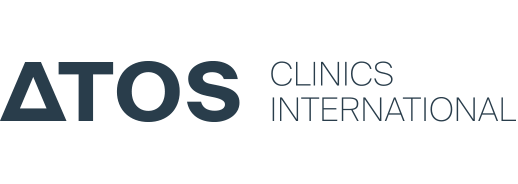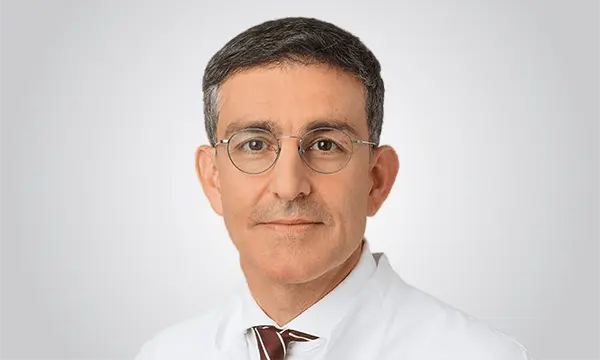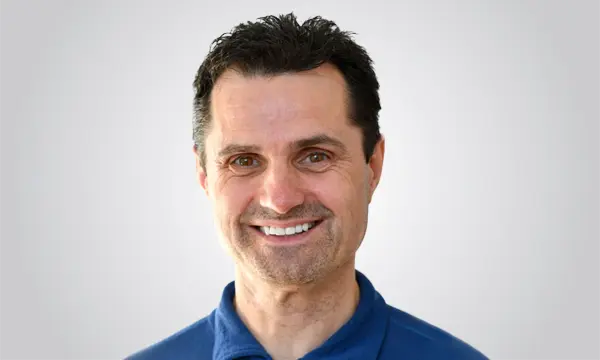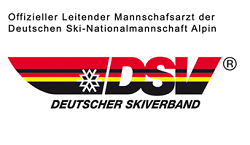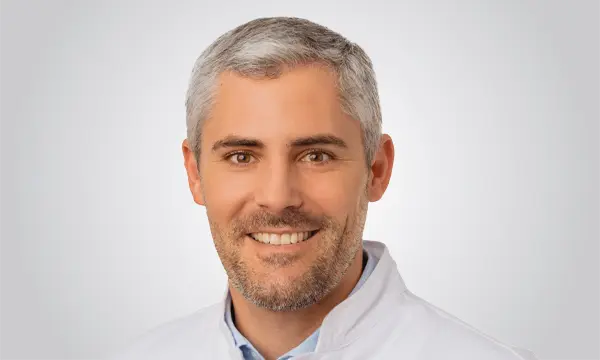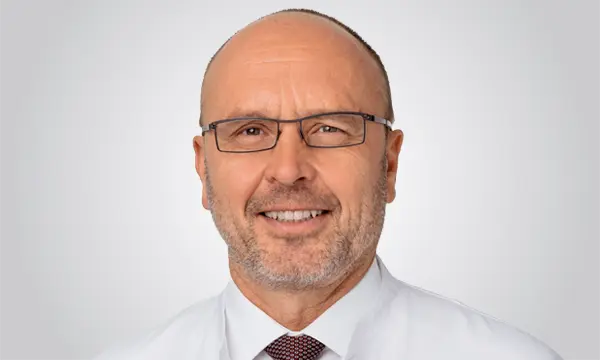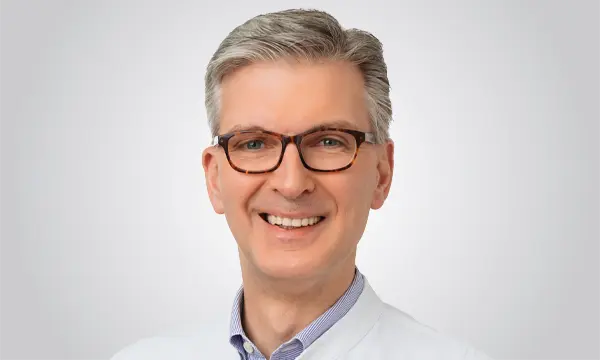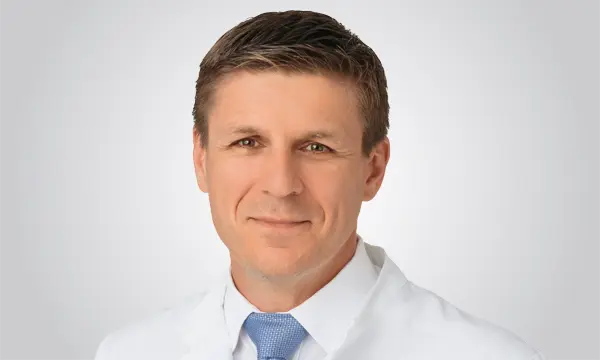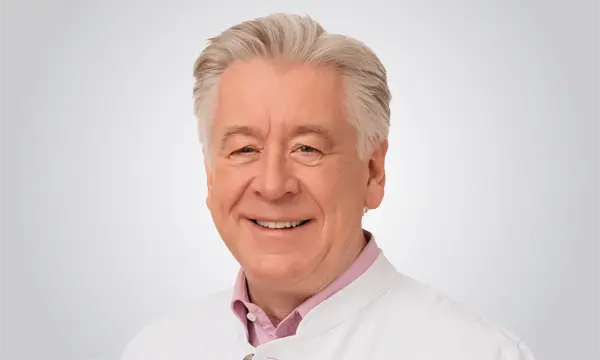Doctors refer to osteoarthritis in the knee joint as gonarthrosis. This is a deterioration of the articular cartilage, which is the most common cause of knee joint disease. Deformity of the legs, constant improper loading, rheumatism, metabolic diseases or the consequences of an injury can damage the articular cartilage.
Definition
The development of osteoarthritis, area-wide cartilage wear, is easily caused by cartilage damage but can also result from unilaterally high stress (e.g. in tilers, high-performance athletes), congenital misalignment of the legs (e.g. O- or X-legs) or poor genetic dispositions. An unstoppable wear process begins, and the knee joint deforms and becomes inflamed.
For very pronounced X-legs there is a one-sided strain on the outside of the knee joint and for an O-leg on the inside of the knee joint. This promotes early cartilage wear. Such deformities are not always innate; they can also be caused by fractures that have grown together incorrectly.
If the gonarthrosis is advanced, and the articular cartilage is severely attacked, non-surgical treatments are often no longer sufficient. An artificial joint then offers the chance of a new life of mobility.
Symptoms
The symptoms of knee osteoarthritis are very different in patients. Initially, the joints only hurt during exercise but later also at rest. Pain at rest is an indication of advanced injury. Limitations of movement, swelling, muscle tension, feelings of instability and rubbing sounds are typical symptoms of gonarthrosis.
Diagnosis
There is no single, self-evident typical clinical symptom of osteoarthritis. Rather, there are several typical but nonspecific clinical signs that indicate the presence of osteoarthritis. These include pain, impaired function, crepitus (joint crunching), palpable osteophytes (bony outbreaks), swelling, effusion, axial deviation and instability. In most cases, an X-ray is done if the disease is suspected. And the damage is assessed. An ultrasound examination is also often performed. Muscles, ligaments and joint fluids can be accurately represented.
Conservative treatment
The aim of conservative therapy is to alleviate knee pain and favourably influence the further course of the disease. Osteoarthritis can often be treated conservatively (e.g. with injections) depending on the extent. This is aimed at alleviating the symptoms with movement, strengthening, physical and/or medical therapy. Cycling is considered essential. Injection therapies with hyaluronic acid, ACP or orthokin (autologous blood therapy) often lead to a reduction in pain and thus an improvement in the joint situation.
Surgical treatment
Knee arthroscopy
Arthroscopy is a minimally invasive form of knee joint exploration. The arthroscope used in this case consists of a probe with a miniature camera and two hoses, via which a rinsing liquid can be filled into the joint and sucked out. The camera transmits images from the interior of the joint to a monitor. If damage to the joint develops during the examination, it can usually be treated directly during the procedure. For this purpose, additional instruments are introduced via additional skin incisions. It is also possible to take tissue samples to have them examined in a histological examination. If no treatable changes can be detected during the exploration, the instruments are removed again, the flushed liquid is sucked out and the skin incisions are taken care of. The arthroscopy usually takes about 30 minutes, but depending on the extent of the damage to be repaired, the time may vary slightly.
Knee replacement
Knee endoprosthesis (knee TEP) is useful whenever the functionality and flexibility of the joint cannot be restored with conservative treatment and the patient suffers from persistent pain or restricted mobility.
Depending on the clinical picture and its severity, different types of artificial joints are used. An endoprosthesis is understood to mean the replacement of the individual parts of the joint by artificial materials. This operation requires intensive follow-up, so that the new joint can consolidate optimally in the bone. Physiotherapy helps to accustom the artificial joint to everyday movements. Due to the many years of experience of our ATOS knee specialists in the use of knee endoprostheses (knee TEPs), very high patient satisfaction can be expected with this operation.
In surgical treatment, one differentiates between two prosthesis types, which can be used depending on the type of osteoarthritis:
- One-sided prosthesis (sled prosthesis/unicondylar). This type of prosthesis requires wear in the inner joint section and an otherwise largely healthy knee joint in order to achieve an optimal result.
- Two-sided prosthesis (total endoprosthesis/TEP/bicondylar). This type of prosthesis is implanted with developed wear in several compartments of the knee joint.
In addition to the conventional surgical methods, there are also soft tissue-sparing minimally invasive techniques in which the muscles are not severed, but only pushed aside. During surgery, the diseased knee joint is replaced by an artificial joint. The implantation takes about 90 minutes and can be done in full or partial anesthesia. Partial anesthesia is less stressful for the body.
Rehabilitation – Time and methodology
The rehabilitation begins right after the operation, because early mobilisation helps the habituation and strengthening of the surrounding muscles. Walking training, stair climbing etc. are incorporated as soon as possible in the rehabilitation program. The aim of the physiotherapeutic treatment is also to correct the improper stress levels arising due to the restriction in movement over the past months and years. The physiotherapy starts right after the operation. After learning to walk under-arm crutches, the patient will climb light stairs after 4-5 days. A 3-4 week rehabilitation is needed. After 4-6 weeks you should be able to fully load the knee TEP. The artificial joints are stable for more than 20 years if treated correctly.
